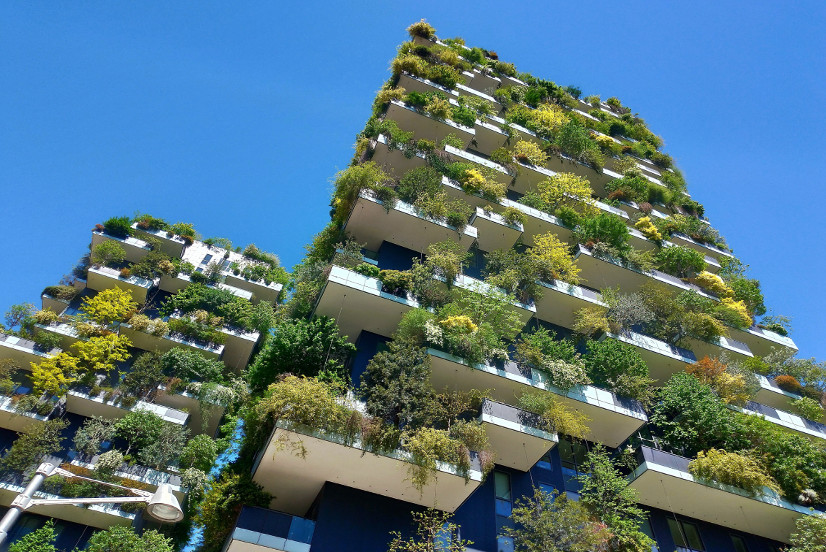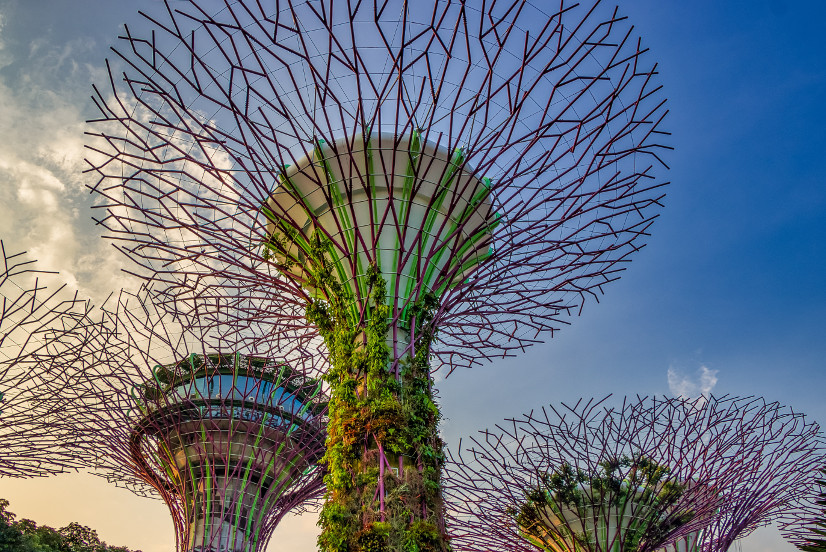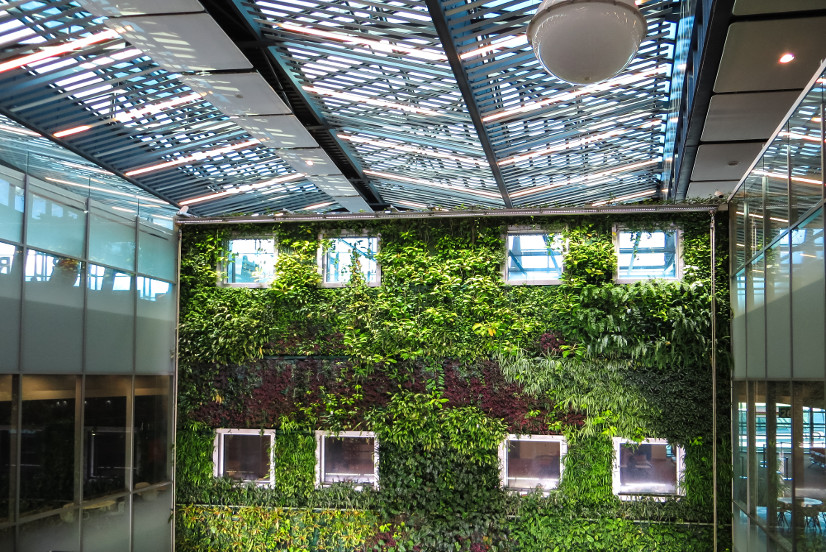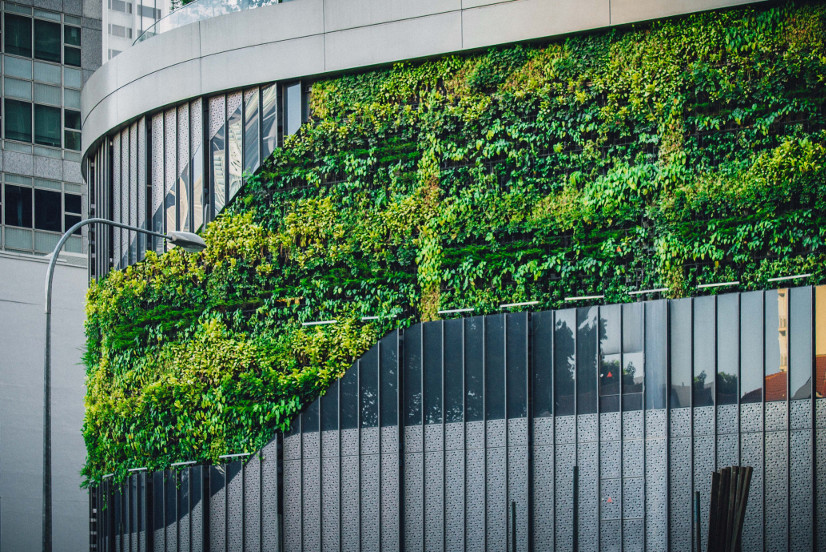A Few Words About
Biophilic Design in Nepali Hospitality Spaces
Where Nature Meets Luxury
Biophilic design goes beyond placing potted plants in a lobby—it’s about creating spaces that engage all senses while respecting the environment. In Nepal, this philosophy is deeply rooted in tradition. Ancient Newari architecture, with its courtyards, natural ventilation, and use of local materials, was inherently biophilic long before the term existed. Today, modern Nepali house design and eco-friendly homes in Nepal draw inspiration from these principles, integrating them into contemporary structures.
At the Shambala Springs Resort, for example, guests are greeted by a living wall of native ferns and orchids, while the sound of a carefully engineered water feature mimics the Himalayan streams outside. This isn’t just decoration—studies show such elements reduce stress levels by 24% and increase guest satisfaction by 37%. This approach is redefining luxury resort design in Nepal, where sustainability and opulence coexist harmoniously.

In Nepal’s breathtaking landscapes, a new era of hospitality design is emerging—one that seamlessly blends luxury with the healing power of nature. Kathmandu’s top interior designers and hotel design consultants are pioneering biophilic spaces that don’t just mimic nature but are woven into the very fabric of Nepal’s ecosystems




The Future of Hospitality Design in Nepal
As hotel design consultants in Nepal push boundaries, we’re seeing innovations like:
“Breathing facades” covered in moss and vertical gardens
Floating meditation decks suspended over reflective ponds
AI-driven climate control that adjusts based on weather patterns
The cost of building a house in Nepal with biophilic elements may be slightly higher initially, but the long-term benefits—healthier guests, lower energy bills, and a unique market position—make it a wise investment.
Why This Matters
Biophilic design isn’t a trend—it’s the future of hospitality. In a world where travelers crave authenticity and connection, Nepal’s luxury resorts, eco-friendly homes, and restored heritage properties are setting a global benchmark.
As Nepal positions itself as a leader in sustainable tourism, biophilic design has emerged as more than just an aesthetic choice—it’s a competitive advantage. The marriage of luxury resort design in Nepal with ecological principles proves that opulence need not come at nature’s expense. From the living walls of Kathmandu’s boutique hotels to the solar-powered retreats of Pokhara, this design philosophy is rewriting the rules of hospitality.
Sustainable Architecture in Nepal: A Competitive Edge
The demand for sustainable architecture in Nepal has surged, with travelers increasingly seeking stays that align with their environmental values. Resorts that incorporate biophilic design report:
Higher occupancy rates (up to 30% more than conventional hotels)
Lower operational costs (40% savings on energy and water usage)
Stronger emotional connections with guests, leading to repeat visits
One standout example is Tiger Mountain Pokhara Lodge, where reclaimed timber, solar-heated pools, and passive cooling techniques create a zero-carbon footprint without compromising luxury.
Balancing Heritage and Modernity
For heritage home restoration in Nepal, biophilic design offers a bridge between past and present. Restored Newari mansions in Patan now feature:
Courtyards filled with medicinal herbs (a nod to traditional Ayurvedic gardens)
Natural clay plaster walls that regulate humidity
Skylights positioned for optimal solar gain in winter
Even in affordable interior design in Kathmandu, these principles are accessible. Designers are using upcycled materials—such as old dhaka fabric repurposed into wall art—to bring nature-inspired aesthetics to budget-friendly projects.
For developers, the implications are clear: properties embracing biophilic principles command higher room rates, loyal clientele, and industry recognition. For travelers, they offer something priceless—spaces that don’t just accommodate, but rejuvenate.
As the world awakens to the urgency of sustainable living, Nepal’s top interior designers, visionary architects, and hotel consultants are showing the way forward—one nature-infused space at a time.
Office Location
H.no. - 731, Vishnudham Housing Complex, Sector 5, Gurugram, Haryana 122006
+91 99117 77613
+91 88001 11549
+91 90303 03493
info@samsaranirmanam.com
Radha Krishna Marg, Babar Mahal, Kathmandu, Nepal - 44600
+977 97049 22282
+977 97059 70563
+977 97059 70536
